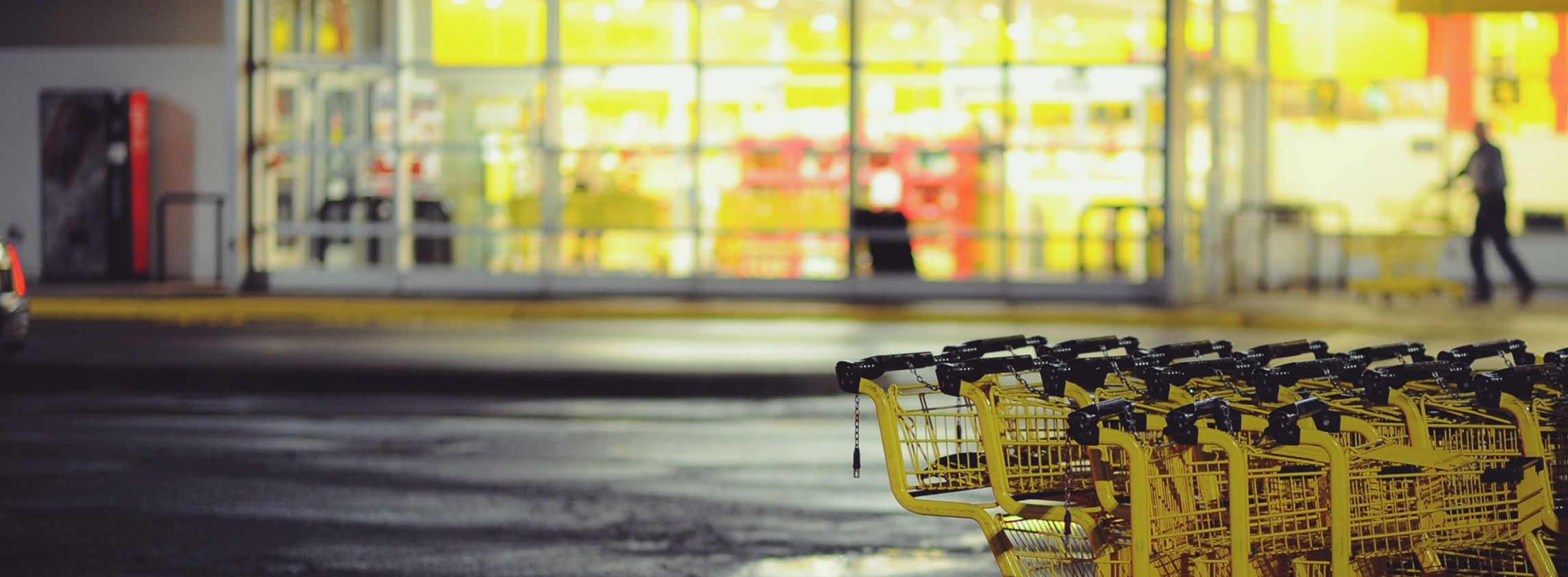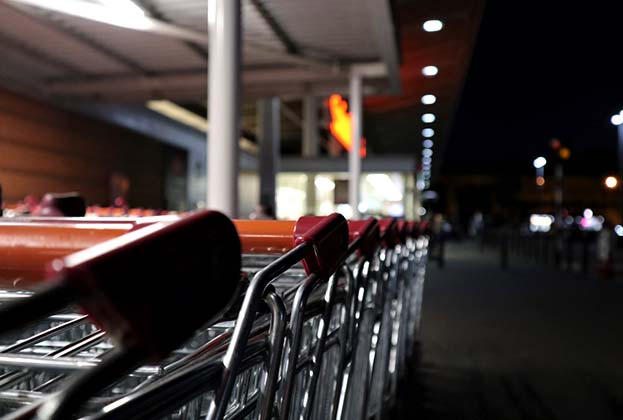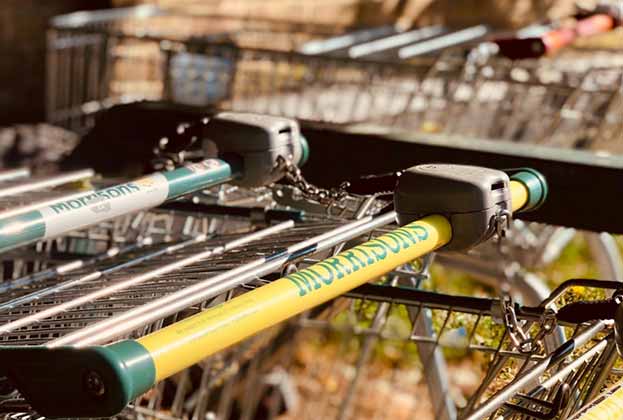Consumer confidence remains suppressed, however, a fall in spend hasn’t been homogeneous across all retail segments, highlighting strong resilience in the grocery sector
Grocery performance bucks wider consumer trends
A relaxation of Covid-19 restrictions in Q3, following the first lockdown, eased the negativity in the consumer market temporarily, with general economic outlook over the next 12 months improving from an index of -56 in March to -38 by September. However the implementation of a second national lockdown from November has further exacerbated a recovery and as a result, consumer confidence remains downbeat, with GfK’s October index recording -31, compared to -14 a year prior. Consumer attitudes towards major purchases remain delicate, with the index standing at -27, marking a six-point fall over September levels. The general economic outlook of the consumer over the next 12 months also fell back to levels similar to those witnessed in March, reporting an index of -50 by October (see chart, below).
The extension of the existing furlough scheme to the end of March 2021, will have saved a number of jobs in the short-term. Nonetheless, the UK unemployment rate continued to rise in the July to September period to reach 4.8%, with added economic pressures caused by a second lockdown pointing to a further rise in unemployment as we move towards 2021.
The final quarter is always a pivotal time of year for retailers, with Black Friday and the Christmas period, having a great bearing on annual reporting figures. The additional pressures this year will no doubt accentuate the importance of the quarter. We could witness consumer spending behaviour swing in two directions this winter. Low consumer confidence and job uncertainty are expected to uphold high personal saving ratios until well into 2021, fostering a much more cautious approach to Christmas for some. As a result, Oxford Economics is anticipating consumer spend on retail goods to drop -4.7% in Q4 2020, compared to the year prior. That being said, we could see a portion of consumers opt to spend more enthusiastically over this Christmas period driven by pent-up demand following six months of heightened savings.
By subsector, it’s likely we’ll see a significant polarisation in trading results. While spend across more pandemic-sensitive segments such as fashion, travel and eating out are likely to remain suppressed through Q4, it could open growth opportunities across other sectors. Supermarket sales in both value and volume terms continue to perform well, exceeding the long-term average in September to reach 4.3% and 3.2% year on year respectively, on a rolling 12-month basis. In line with a second lockdown, as well as more people staying at home over Christmas, supermarkets are likely to continue this long run of success through the final quarter of the year. The early signs are positive, with take-home grocery sales up by 11.3% during the 12 weeks to 29 November 2020, the fastest rate of growth since August.
Read the articles within Spotlight: UK Grocery Report below.


